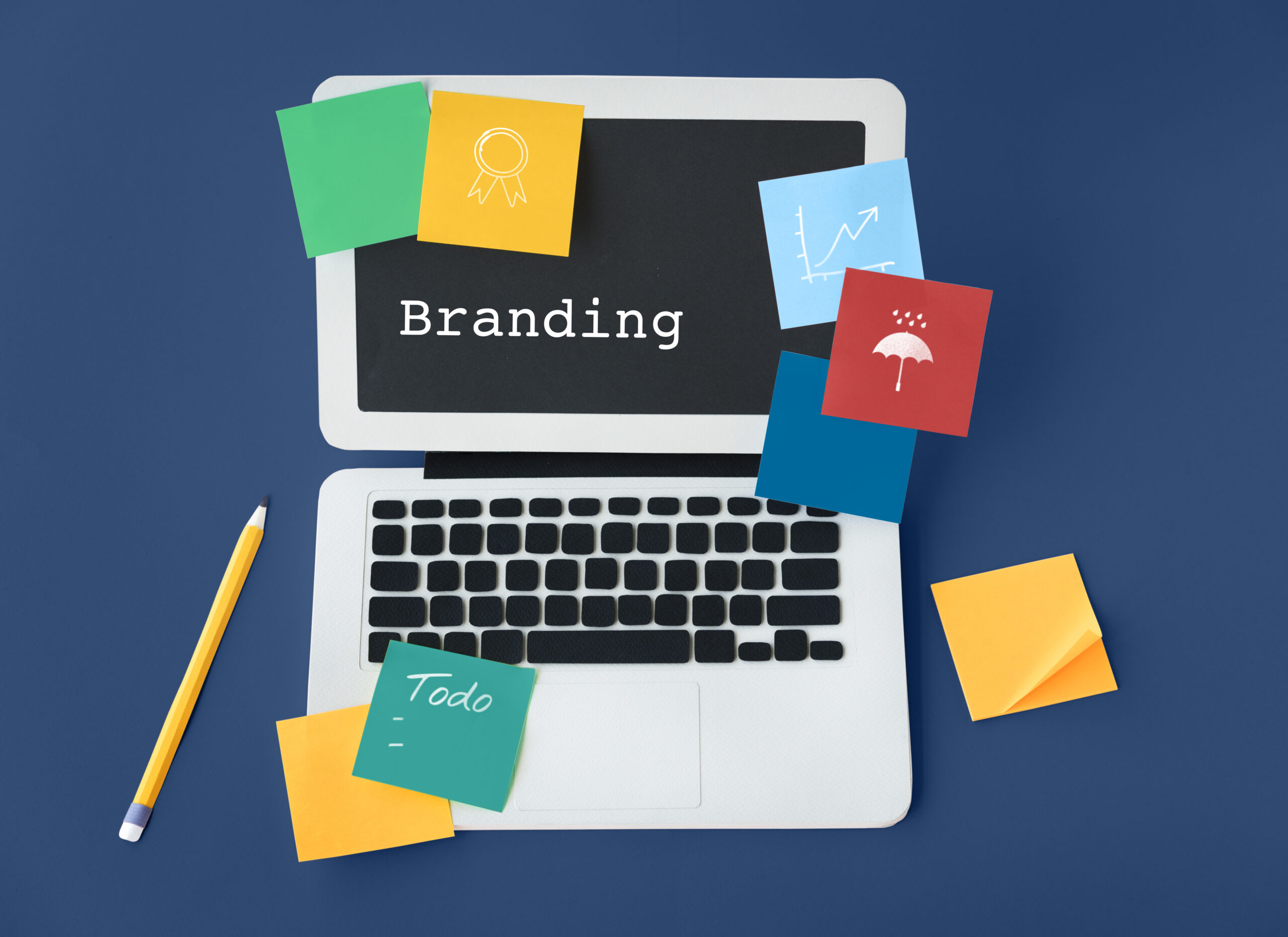Every industry has its own jargon. For a newbie entering the industry, it can be confusing to see the acronyms BRD, PRD, FRD, etc. floating around when the team is working on a new product.

Today we’re going to give you a primer on the four primary documents that are part of a product development cycle.
1. Product Requirements Document
This document explains your holy grail. Simply put, it’s an explanation of your product, its basic features and specs, the gap it’s filling, and the user needs. A PRD is what your entire team will refer to as they design and develop the product to ensure everyone’s on the same page.
Product managers are usually in charge of writing the PRD and ensuring everyone is always aligned to the project in question. For instance, the PRD for ruttl would outline “what” ruttl is (visual feedback and collaboration tool), the features, and how these specs meet user demands.
2. Business Requirements Document
Accompanying the PRD but wholly separate from it is the BRD, the business requirements document. This document helps you contextualize where your new product lies within your business and what you hope to achieve with it. It doesn’t explore the specifics of the product but looks at how it will provide value to the organization as a whole. The BRD includes a high-level project scope written by the product manager or a business executive or analyst.
When we were working on ruttl’s BRD, we noted that as designers and developers ourselves, this tool would be useful to our product design agency, reducing the time and effort spent on website review. Once we decided to release it to the public, the BRD was updated to include how ruttl would add value to Brucira, why external users would find it useful, and any challenges we would have before launch.
3. Software Requirements Document
Also called the Functional Requirements Document (FRD), the Software Requirements Document (SRD) includes the details about the software on which your product will run. Any interfaces, tech capabilities, safety requirements, performance abilities, etc., will be mentioned in this document.
The SRD is critical in the design and development of your product. Without it, the software developers and engineers will have no clarity on how they’re supposed to bring your idea to life. Written by the product owner or the lead developer/engineer, the SRD captures your product’s tech requirements.
4. Market Requirements Document
The MRD is the opposite of the BRD. It lays out the different ways the product is useful to the target audience instead of the business. Not to be confused with a product’s marketing needs, the MRD is a snapshot of the market drivers, the gap your product can fulfil, and the demand for the same. It also includes information about similar products, competitors, and other bits of information that can help your product stand out.
Our MRD for ruttl included the different competitors we had used ourselves and highlighted their limitations. E.g. the scope for making edits to live websites and adding contextual comments by tagging team members was unfulfilled.
Why are all these documents necessary?

It may seem like a very long headache for the product manager and owner to sit together to draft these four documents. It can be incredibly tedious when you realize the amount of time and effort that goes into designing and developing a product in the first place.
But, a PRD is essential to keep everyone in the team on the right track. It functions as a vision board, helping the team understand the goal they’re working towards while allowing the product manager to refine and tweak the product as it goes through the development cycle.
Similarly, a BRD is the key to understanding where the product lies within the organization. It has helpful notes about implementation, allowing a faster time to market if followed correctly. The SRD and MRD are complementary documents that add to the overall clarity of the product development process.
It can seem intimidating to draft these documents, but a lot of the information required is familiar and can be flexible as the business and user needs change. Without the PRD and BRD, the product development team lacks critical points of information.
Take your time when you draft your PRD and BRD and make sure to incorporate suggestions from the team and other experts for a more comprehensive understanding. This will boost your project and aid in your product’s eventual success when launched.
If you’ve got a product in mind that you need help with, email us at hello@brucira.com.
Check out our blog for more useful information: https://blog.brucira.com/
Follow us on social media to stay updated about our new projects, clients, and products: LinkedIn | Instagram | Twitter | Facebook













